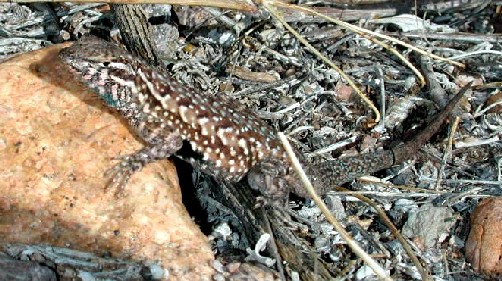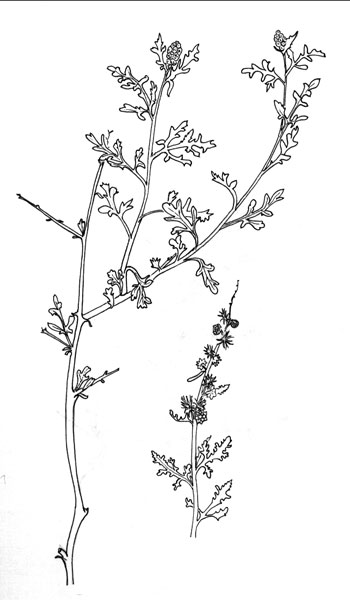Introduction
1,810 hectares of mostly undisturbed Upland and Colorado Sonoran
Desert habitat is preserved at this regional county park. For now there is
little development and there are no developed trails or piped water facilities.
The result is that the area is relatively quiet and isolated. If there have
been months without rain the naturalist will find that the habitat is rather
barren and wildlife scarce. The southern tier of the park includes low hills
rising to about 480 meters elevation. The terrain to the north and west falls
towards the Gila River and so is increasingly sandy and alkaline and as a
result the flora changes perceptibly. The north boundary of the park adjoins
the Robbins Butte Wildlife Management Area, a large flood plain adjacent to the
Gila River.
There is a primitive camping area, a shooting range, and a few picnic areas. The
Maricopa County Parks and Recreation Department is finalizing construction of a
new public shooting range that will be adjacent to the new law enforcement
range. Construction is scheduled for completion around the end of January 2008;
however, discussions are on-going for contractual management and operation of
the range. Will this detract from the peaceful experience now available? Maybe
they will include sound barriers to keep noise pollution down. Additional park
information is available at the Maricopa
Co. Web Page.
|
Area Map on Google
View Larger Map - Buckeye Hills is indicated by the green tent symbol.
Directions: From the Phoenix area drive west on I-10, then exit south
(car symbol) on SR-85. The road into the Maricopa County Park is clearly marked on
west side of highway. Take paved road into picnic and camp areas.
|

